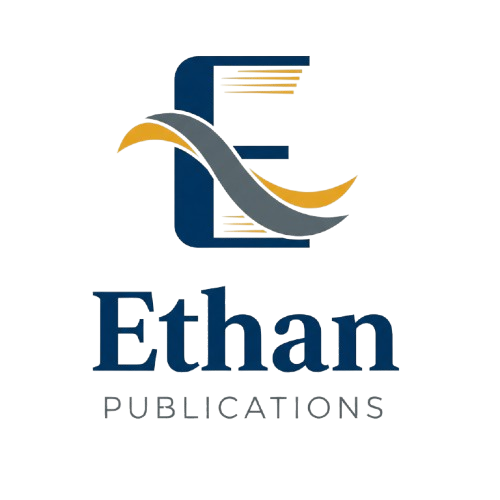RHYTHMIC RESILIENCE: THE INTEGRATIVE FORCES OF MUSIC AND SPORTS IN HUMAN PERFORMANCE
Authors: Meiying Wang
Published: March 2024
Abstract
<p>The fusion of music and physical education is evolving into a distinctive form of expression, with music emerging as an integral and indispensable element within certain sports domains. This symbiotic relationship has a profound influence on the cognitive and physical dimensions of students, transcending the conventional boundaries of sports education. Physical education, envisioned as a realm of quality teaching, extends beyond the mere realm of sports, encompassing the holistic development of students' intellectual, moral, and aesthetic faculties. In response to this multifaceted objective, this paper draws upon both empirical insights and reasoned analysis, leveraging the author's extensive experience in the field of sports, to explore the nuanced integration of sports and music. The incorporation of music into physical education transcends its role as mere accompaniment, evolving into an influential force that shapes the psyche and physicality of students. This study delves into the intricate interplay between sports and music, seeking to unravel the profound impact on the minds and bodies of individuals engaged in physical education. By synthesizing empirical observations and theoretical reflections, the paper sheds light on the symbiotic relationship between sports and music, offering insights into the potential benefits and implications for educational practices. The holistic perspective of physical education, as advocated in this research, recognizes the multifaceted nature of students' development. It underscores the pivotal role of music in fostering intellectual, moral, and aesthetic education within the broader context of sports. The paper serves as a valuable contribution to the ongoing discourse on innovative pedagogical approaches, advocating for a more inclusive and enriching educational environment that extends beyond traditional sports-centric paradigms.</p>
Full Text
No full text available
Cite this Article
References
- No references available.
